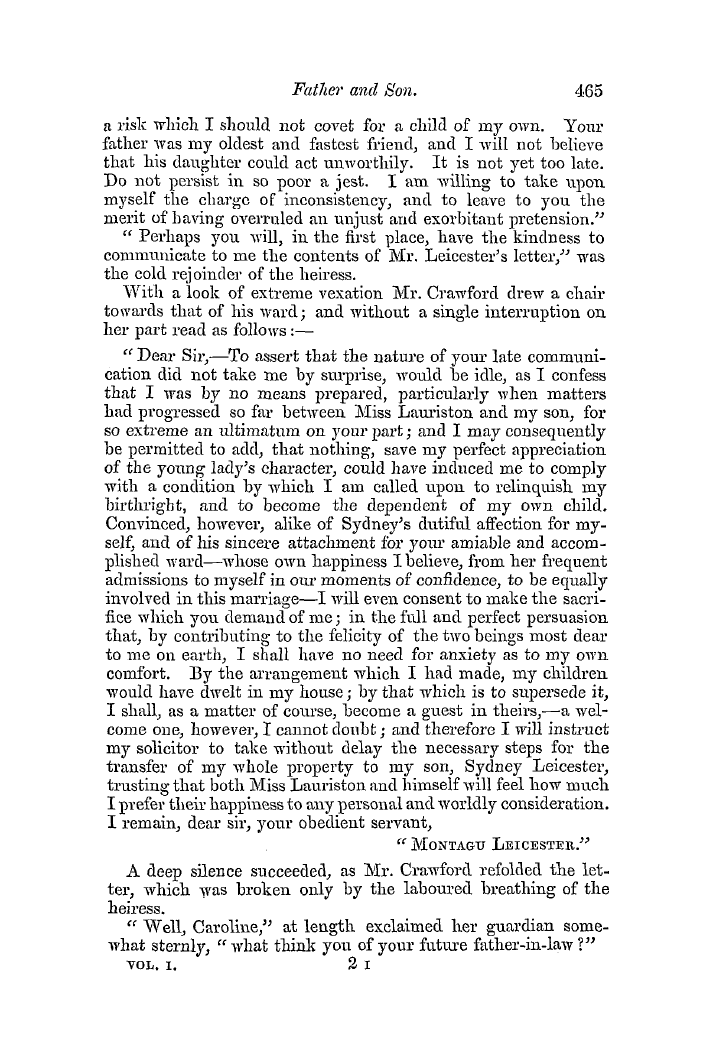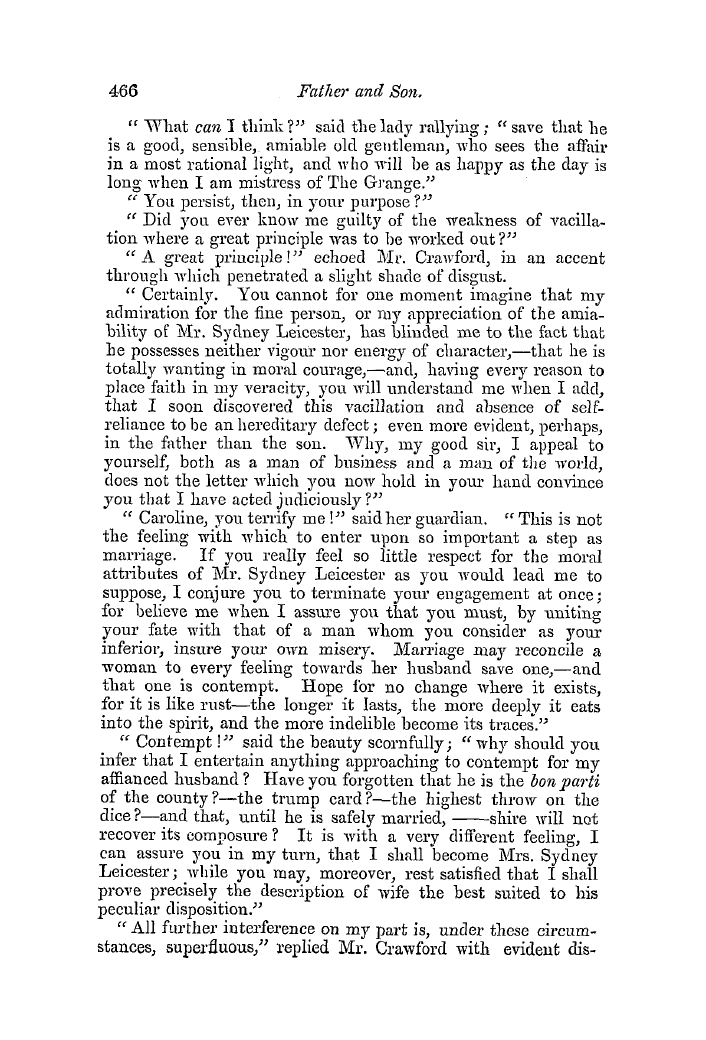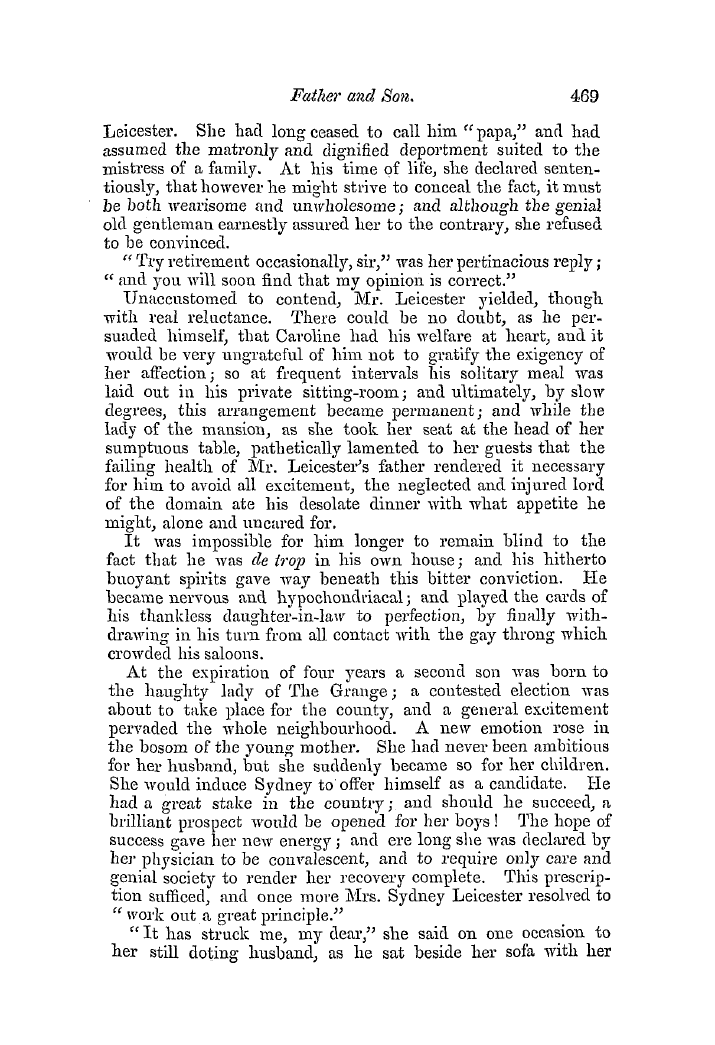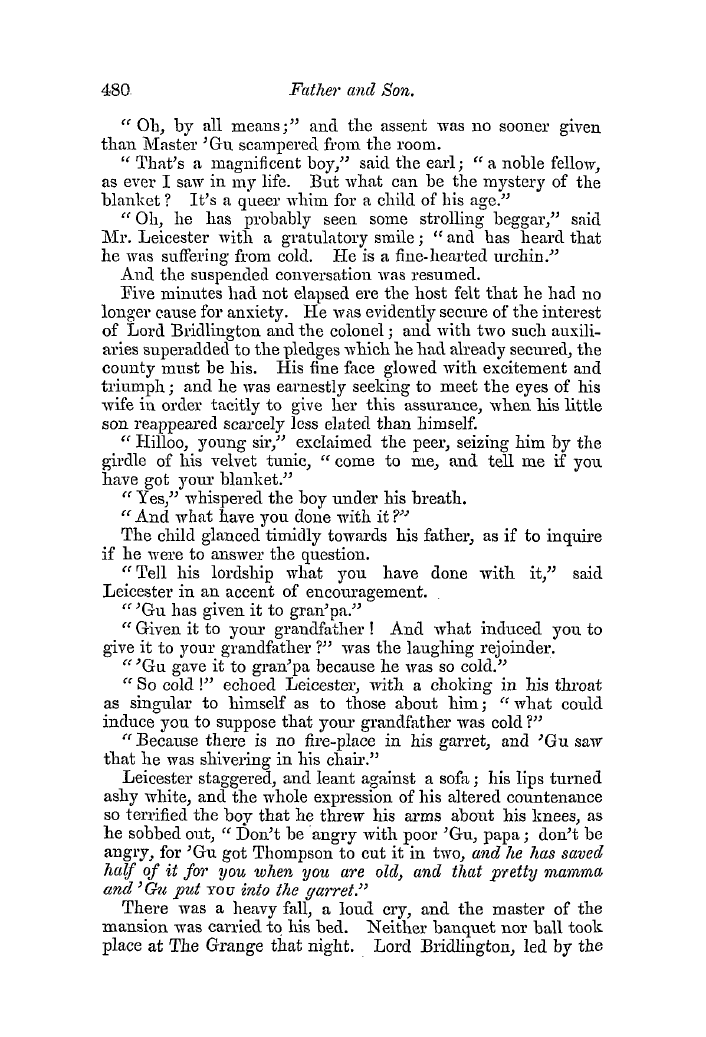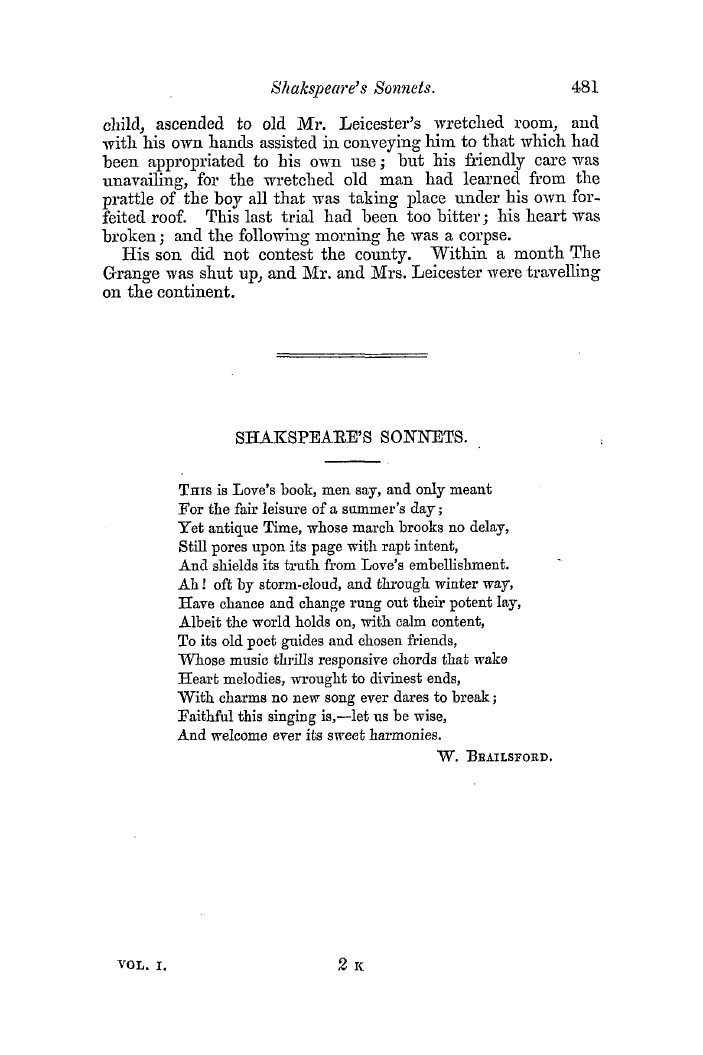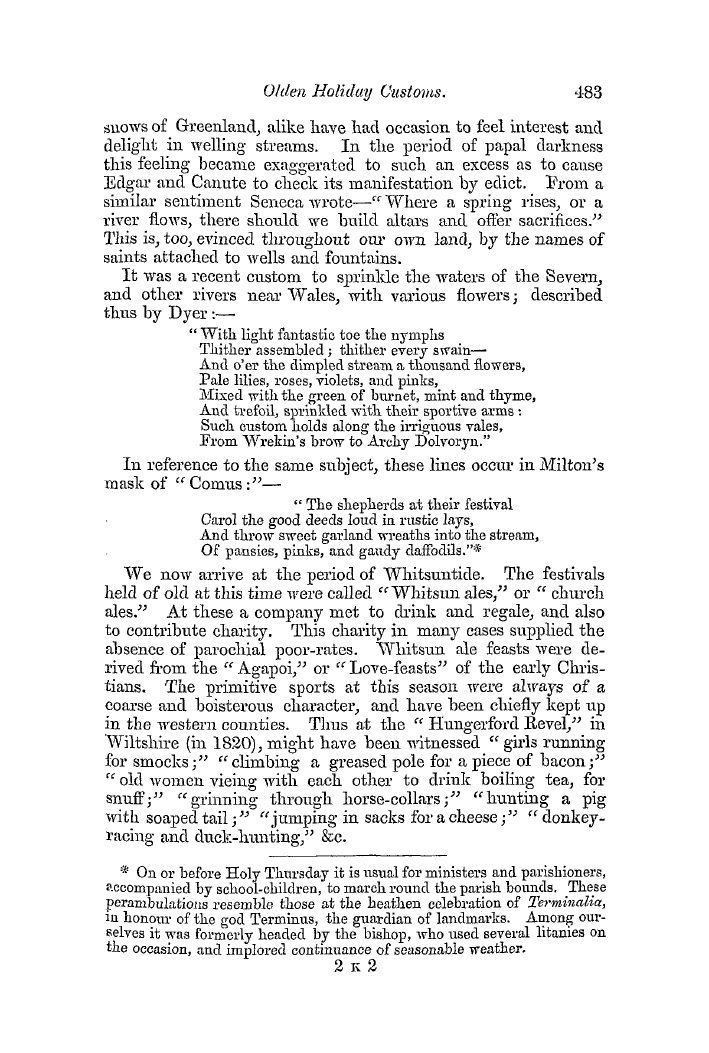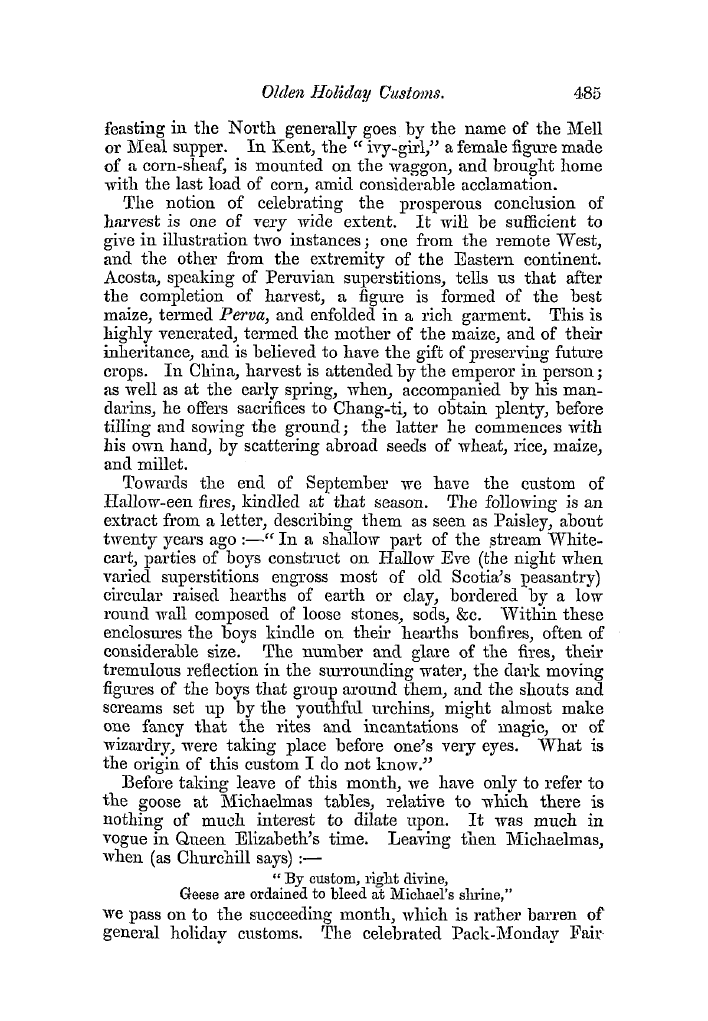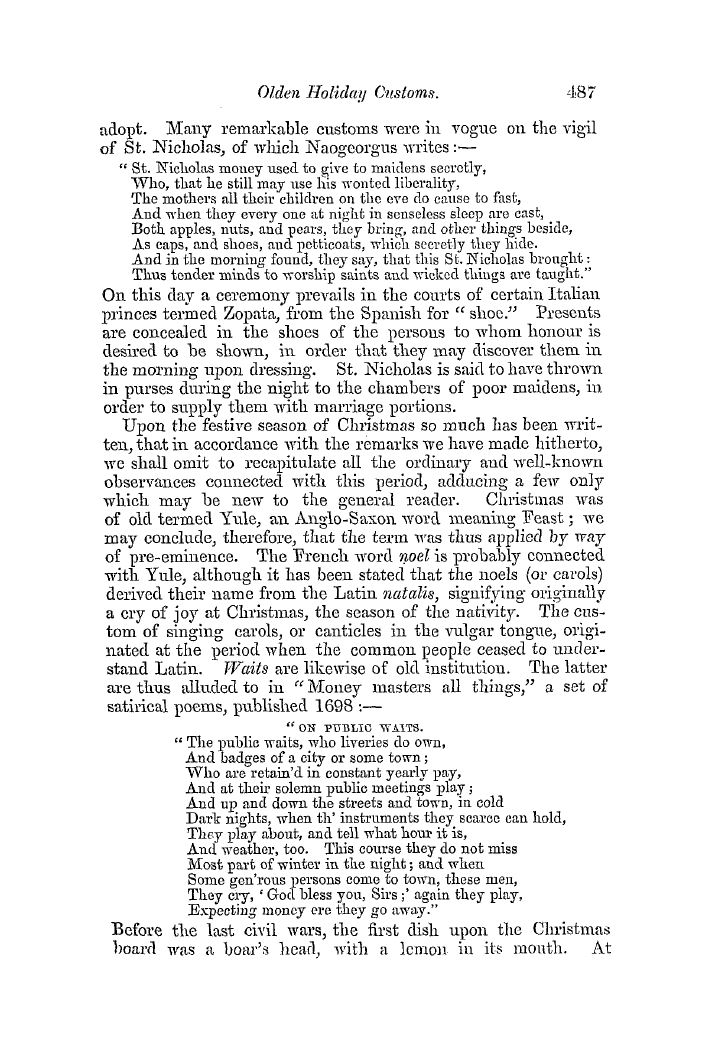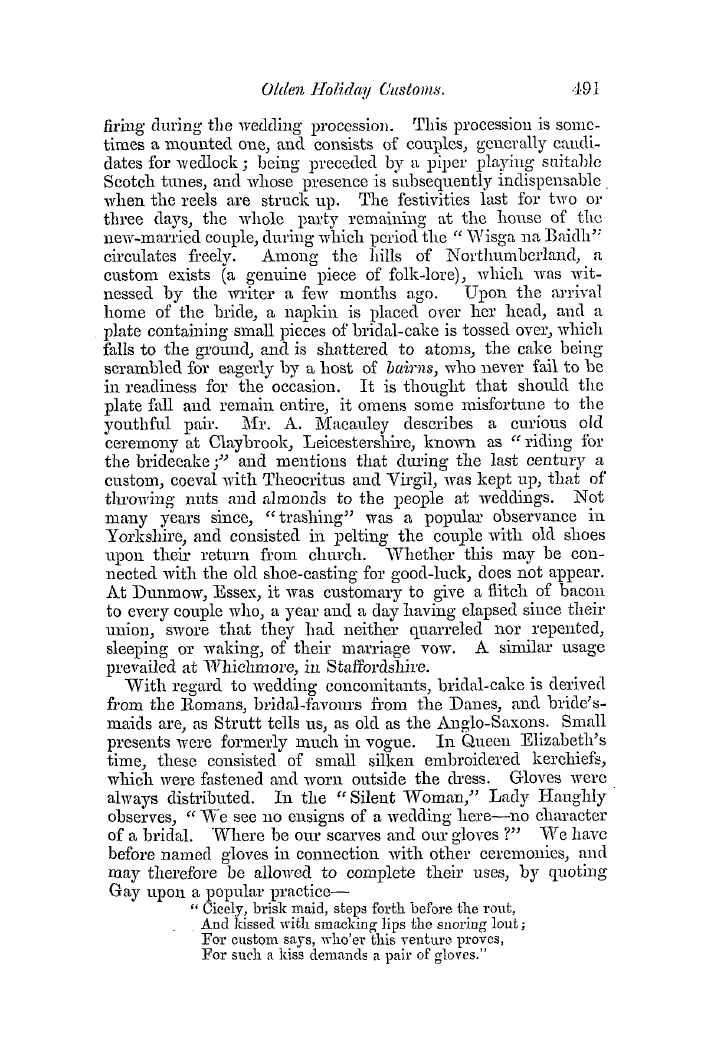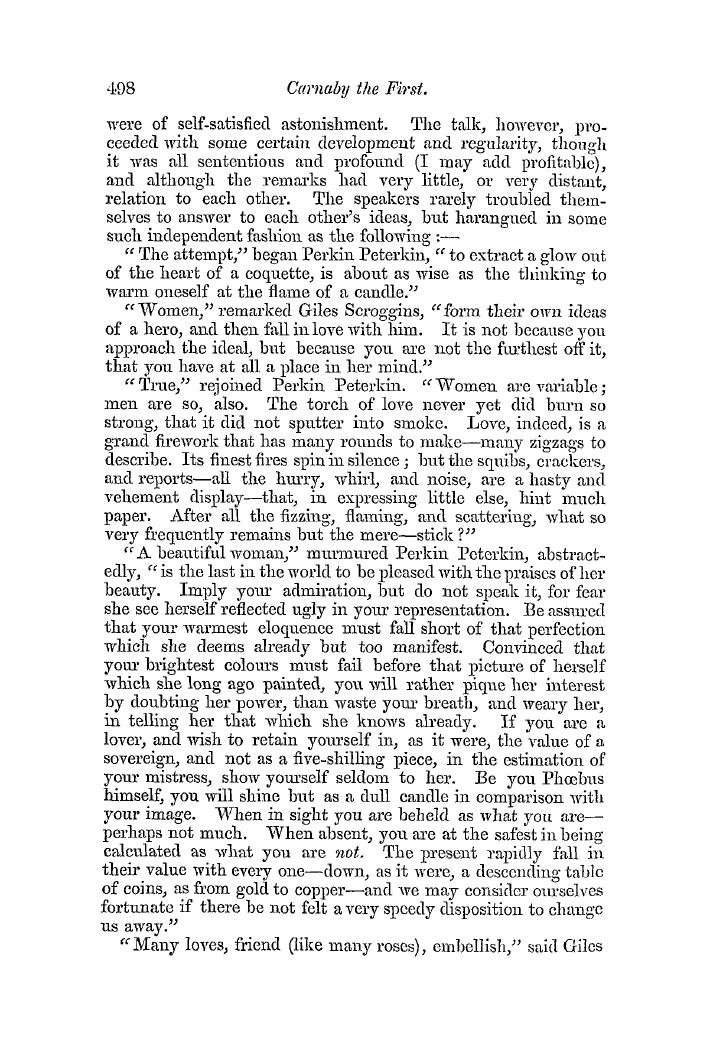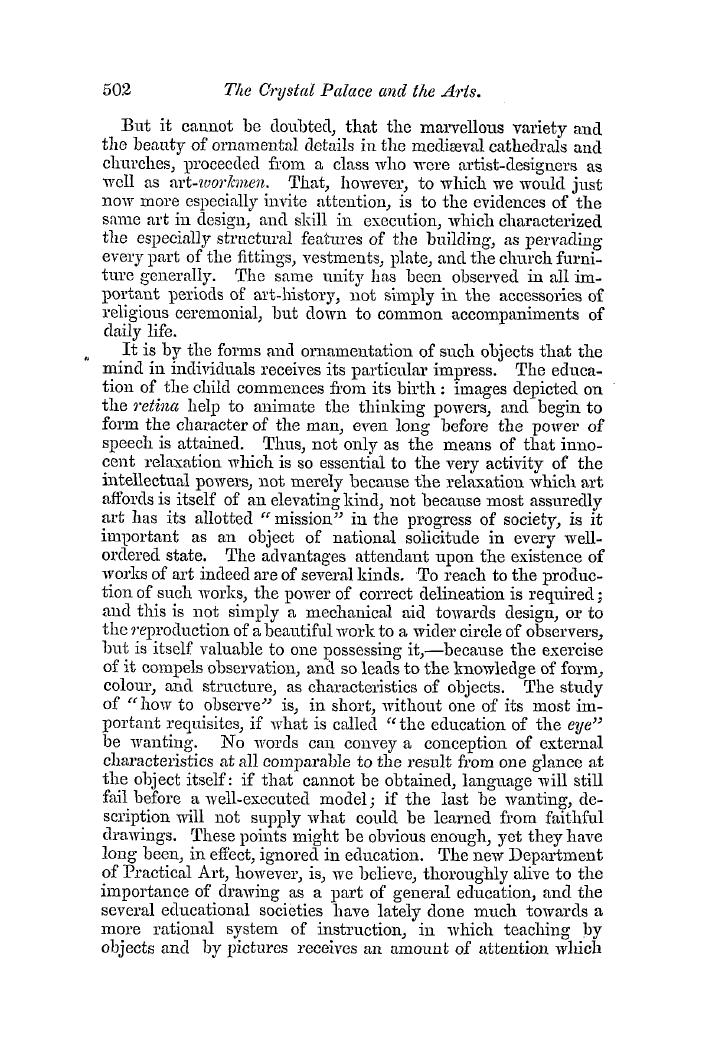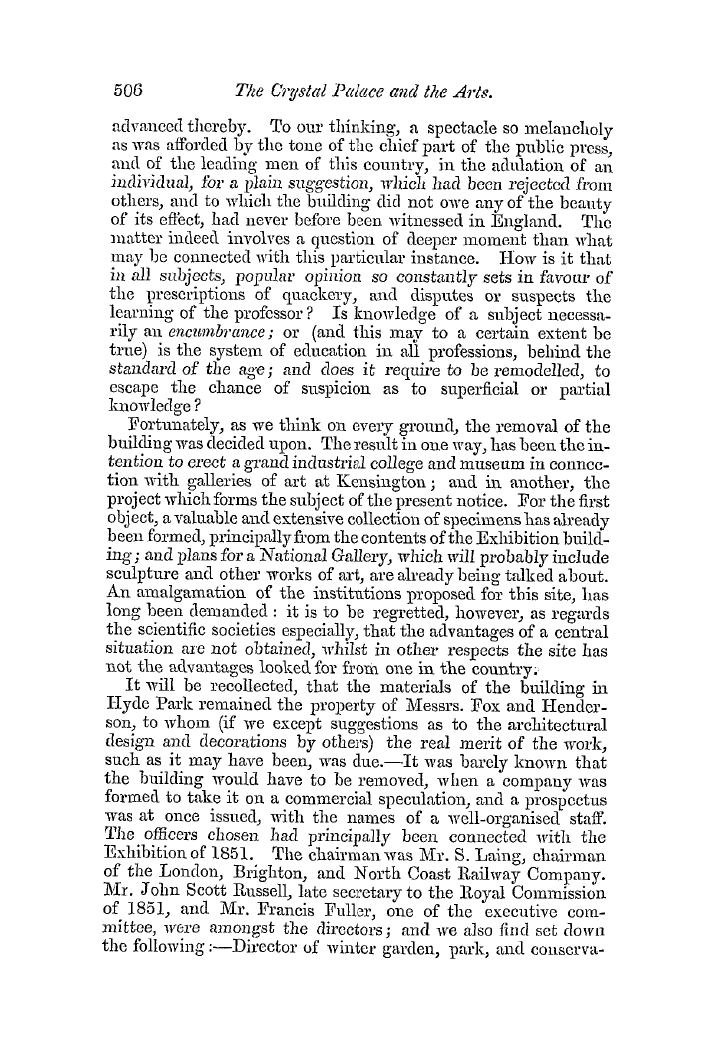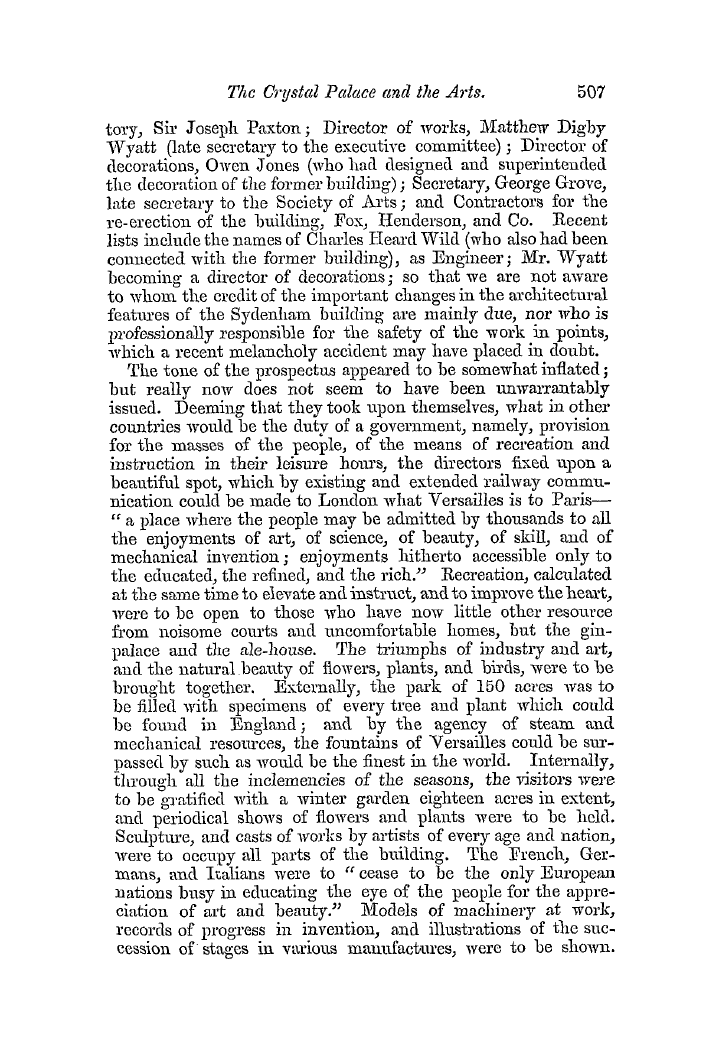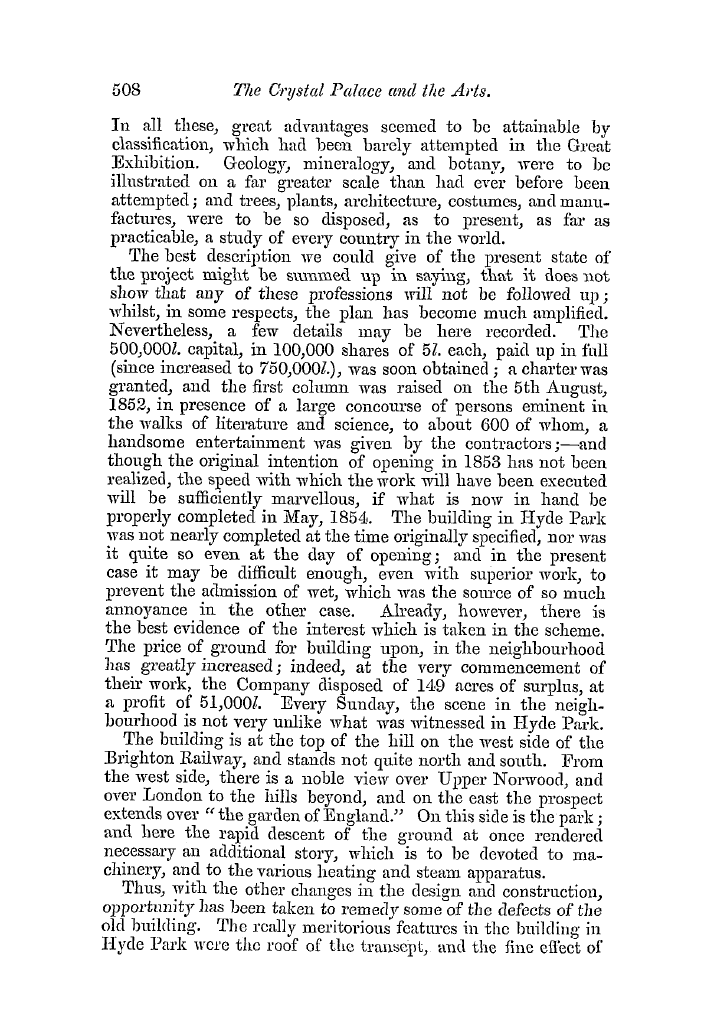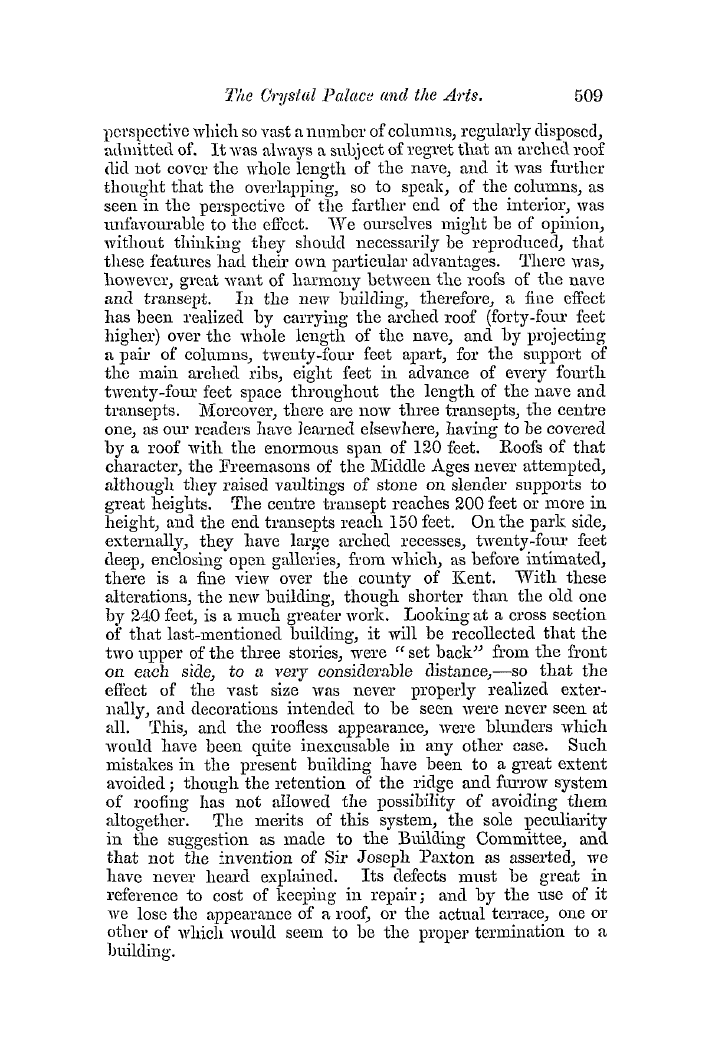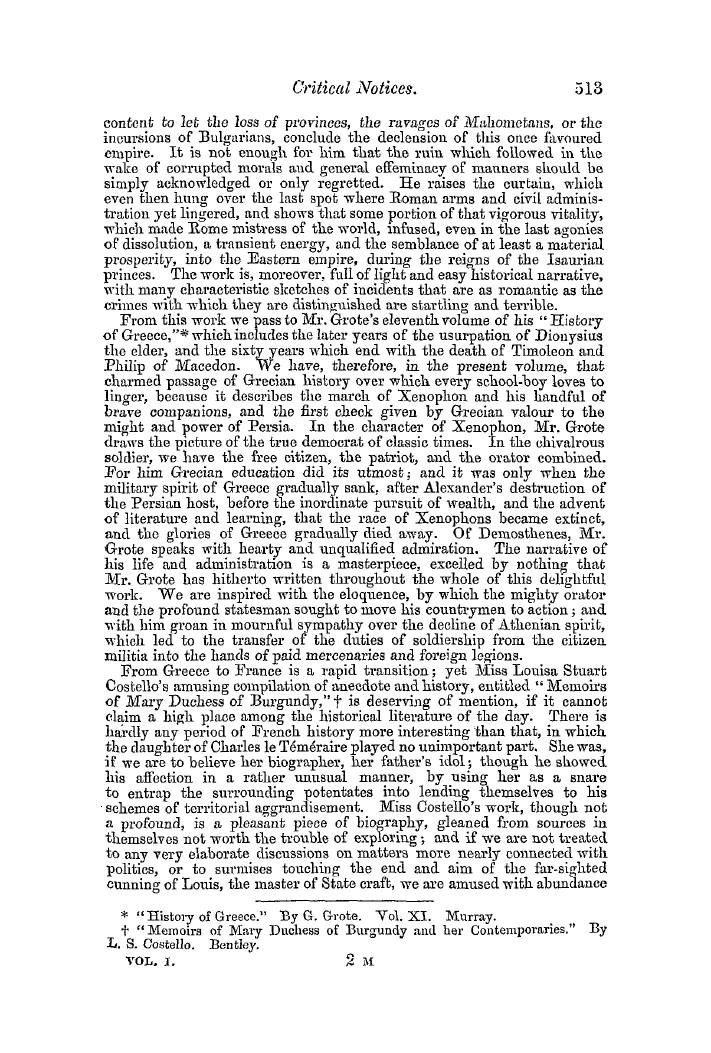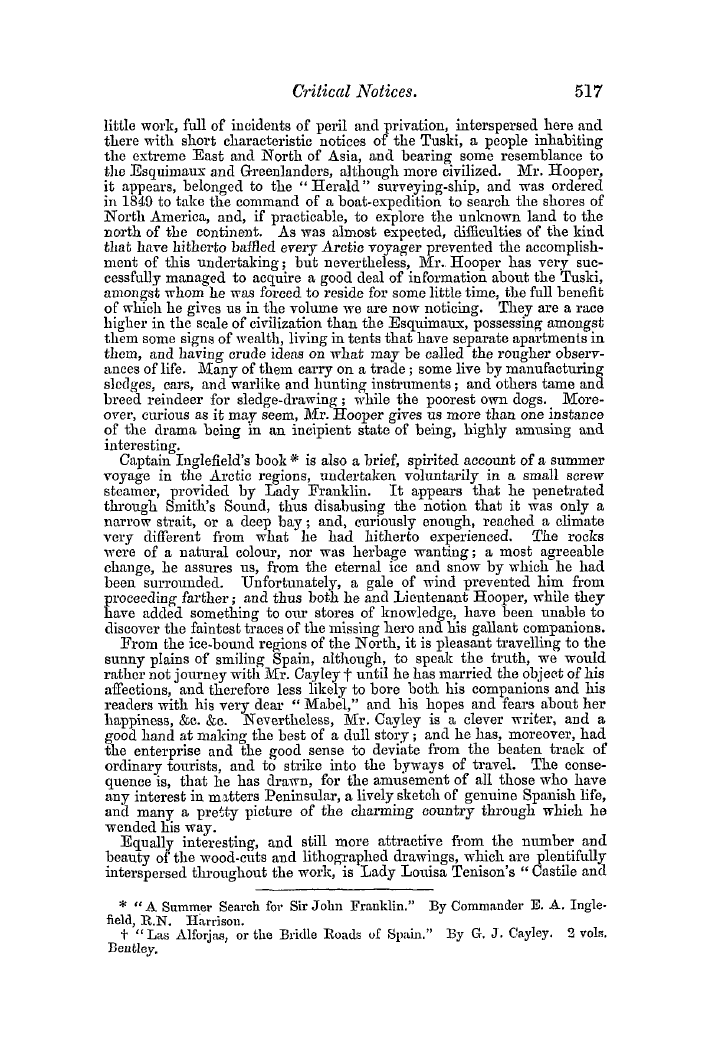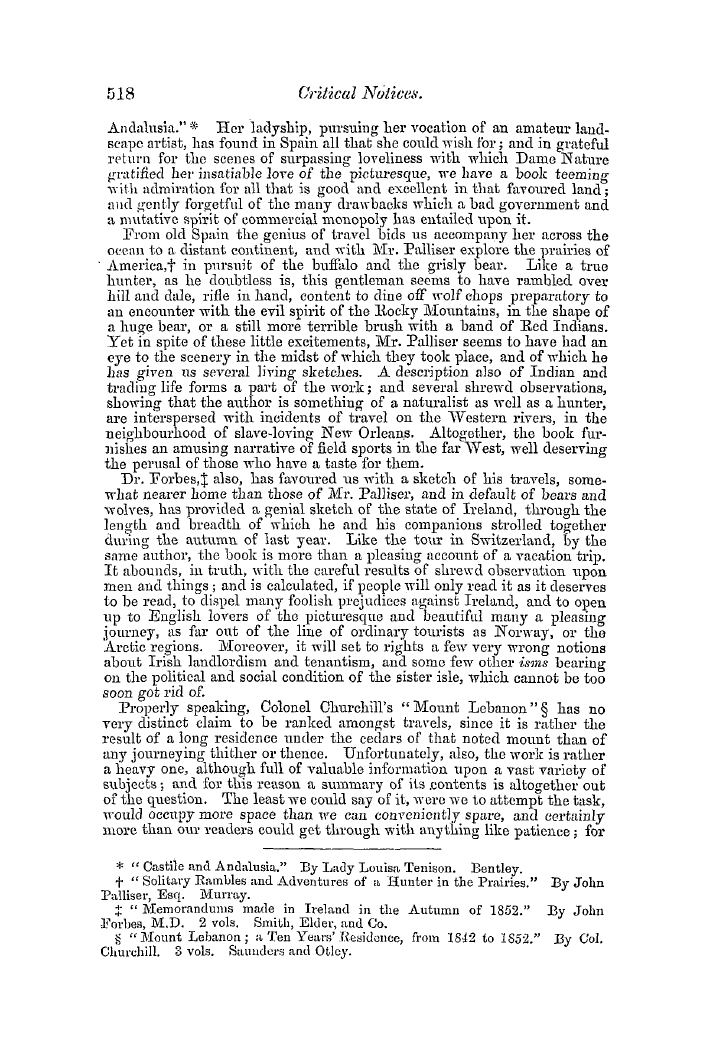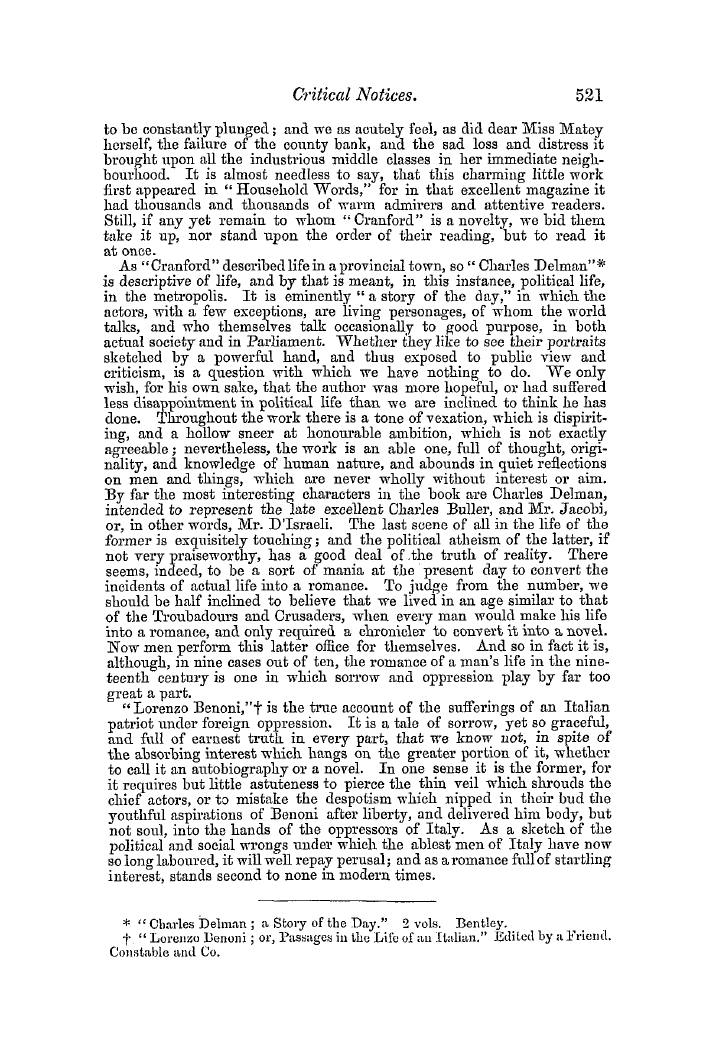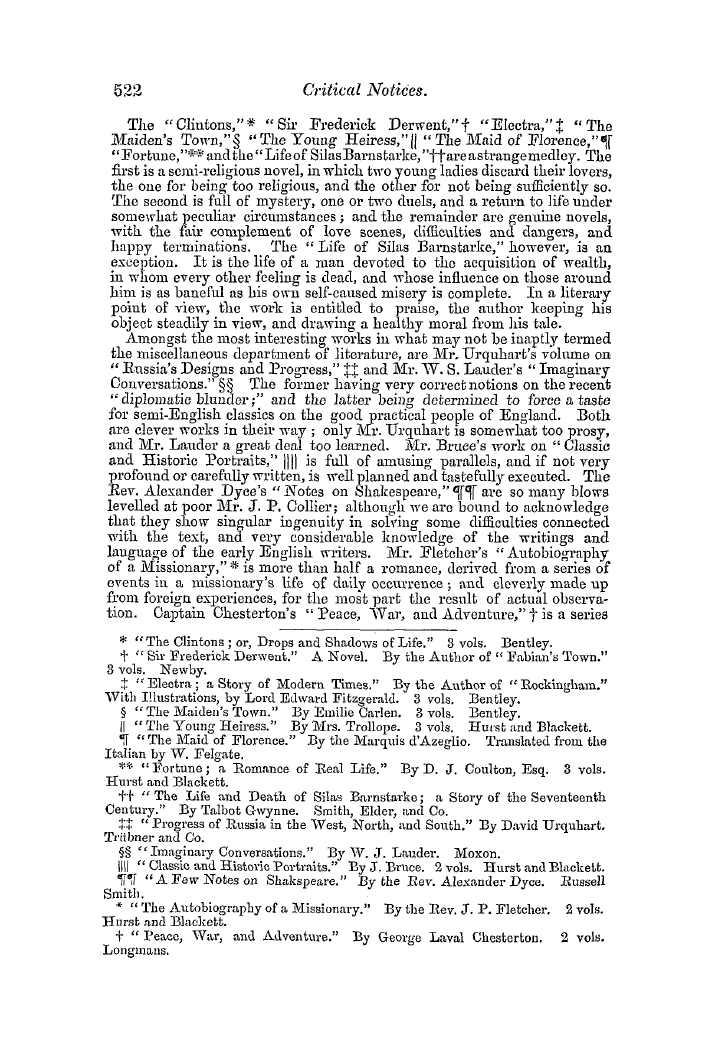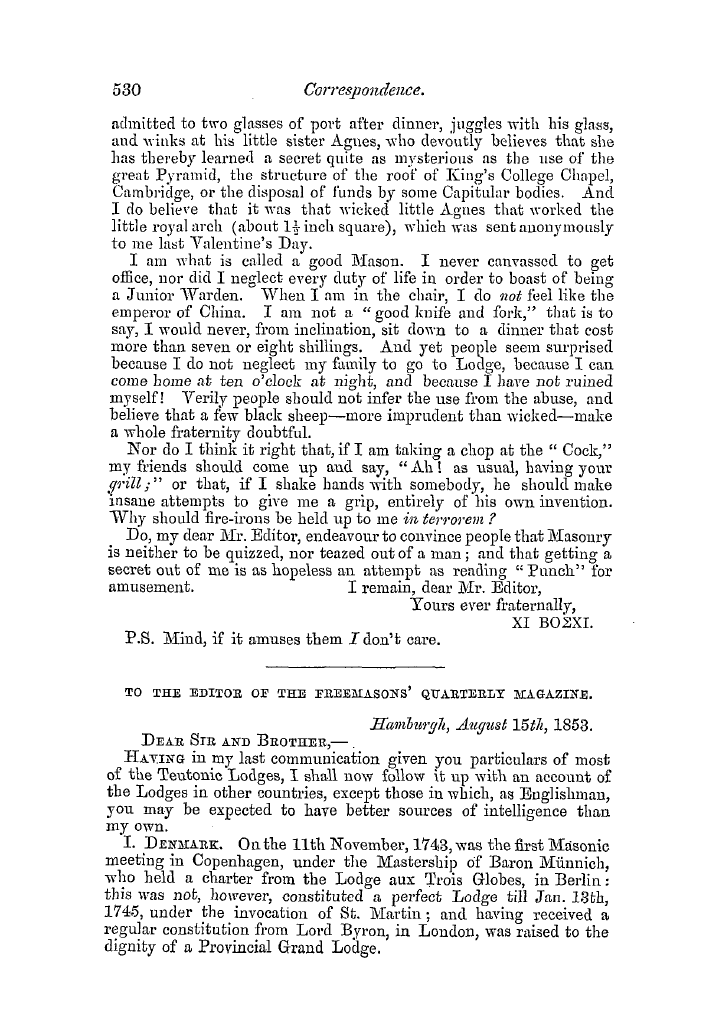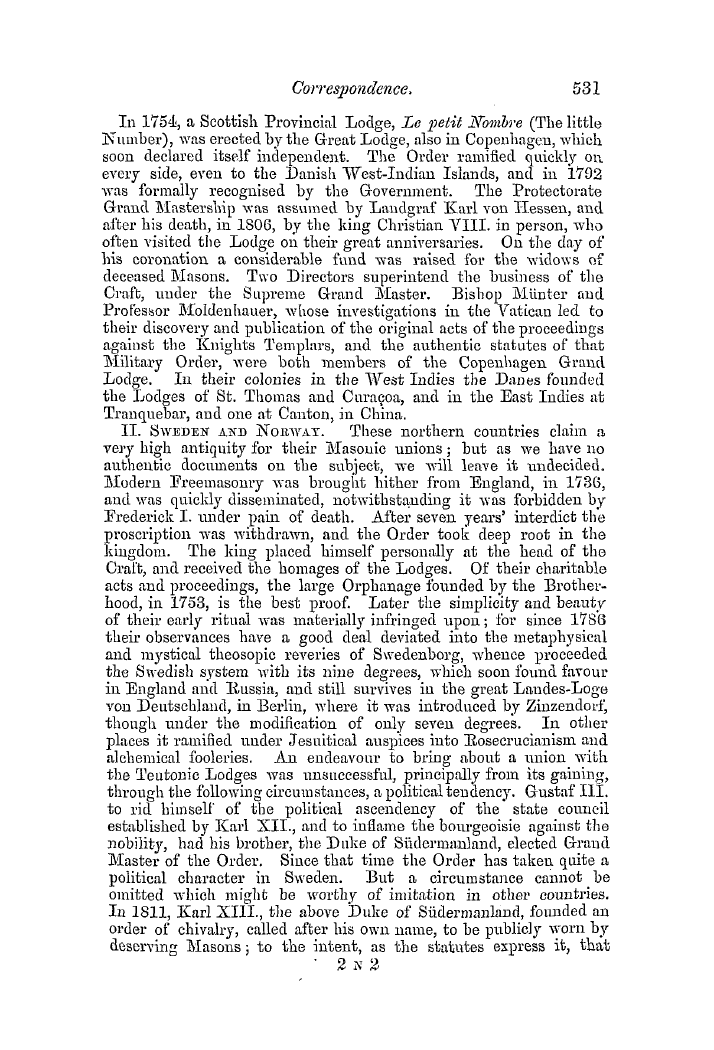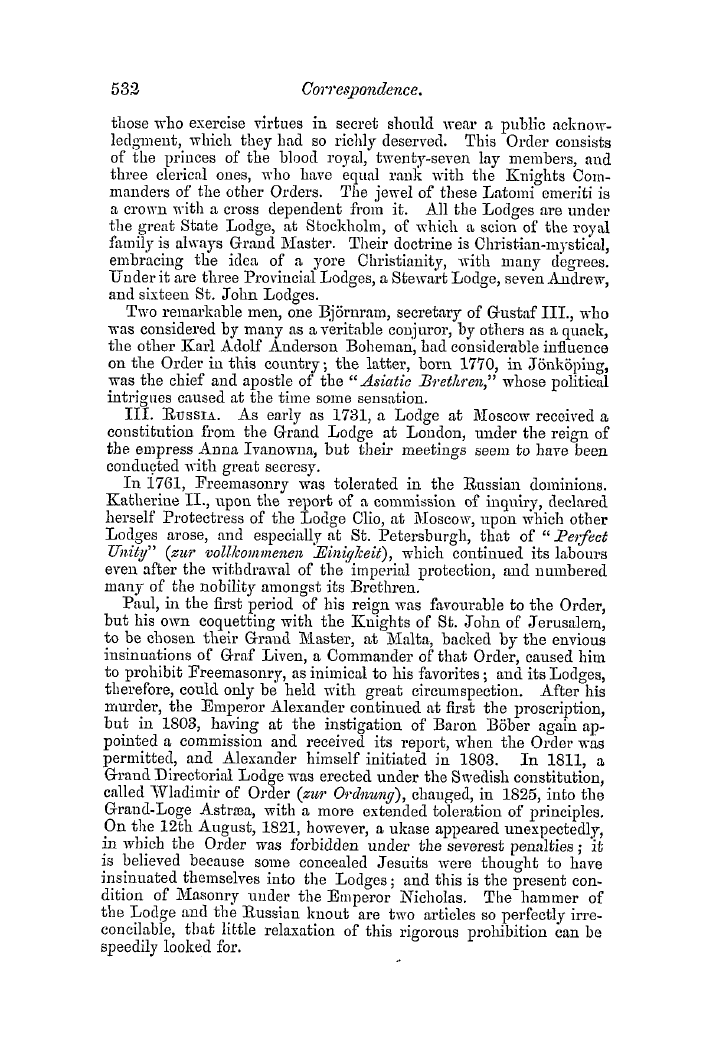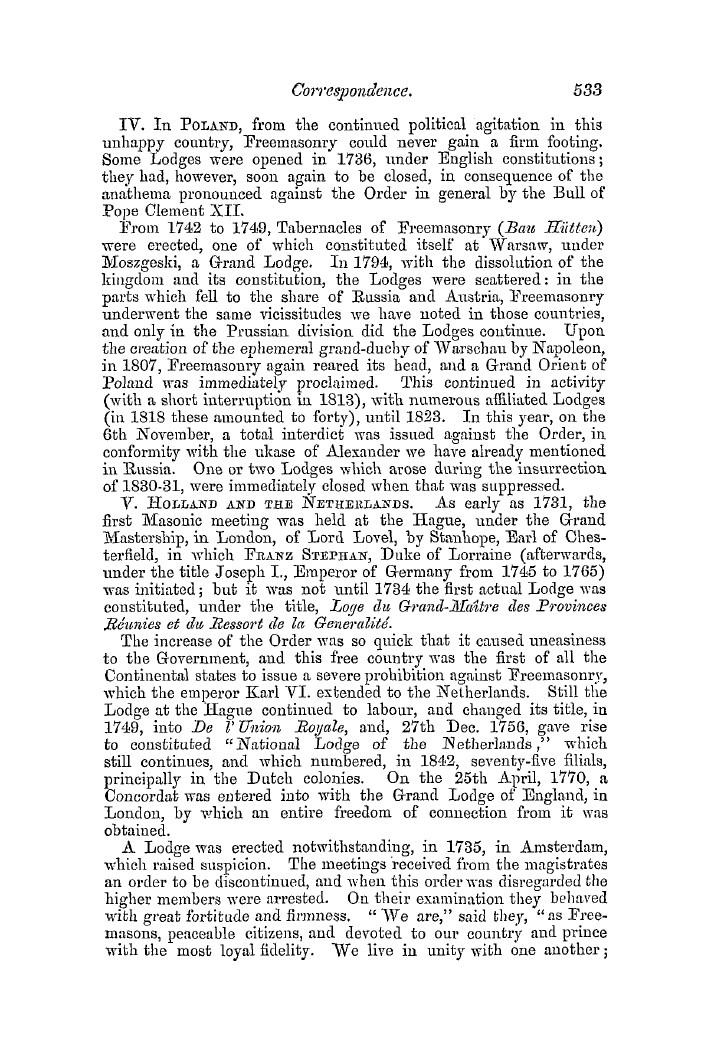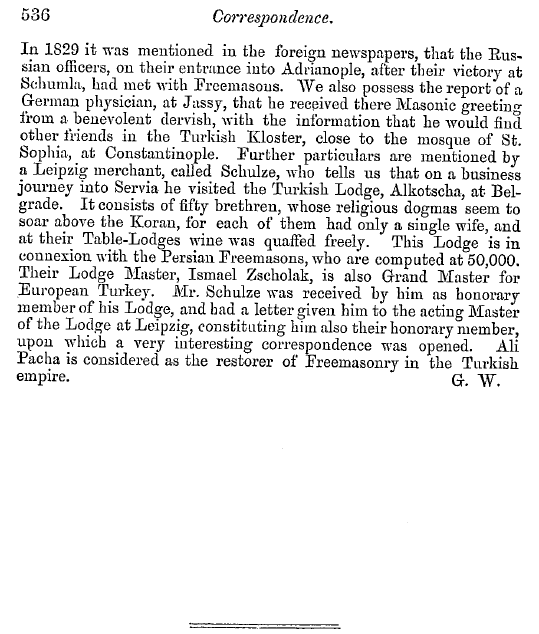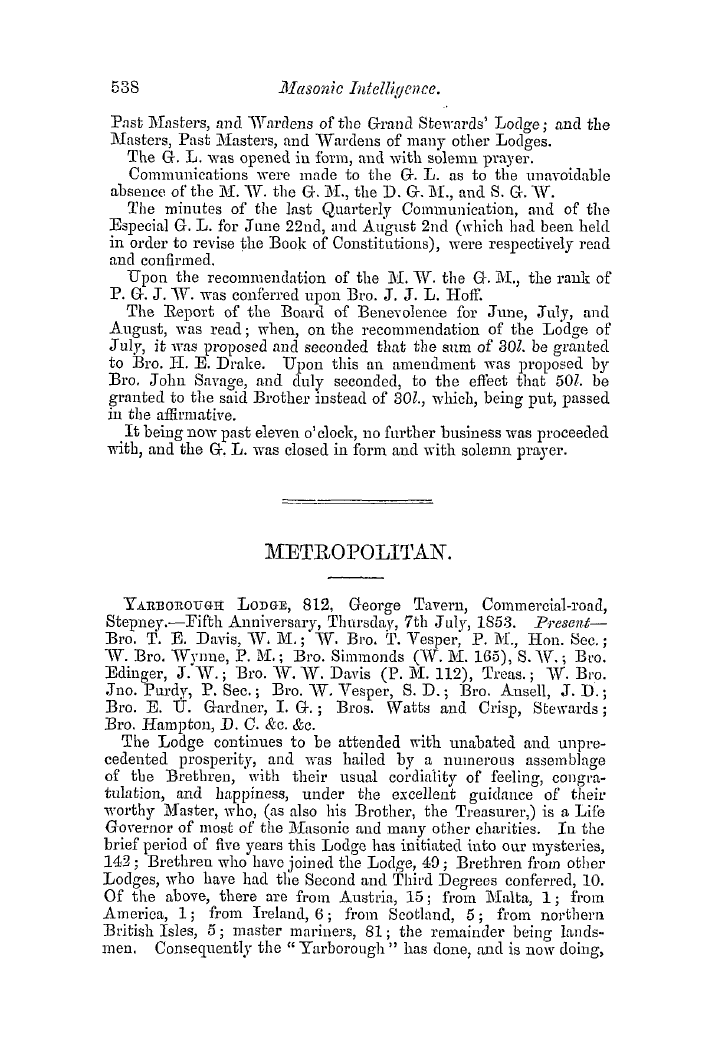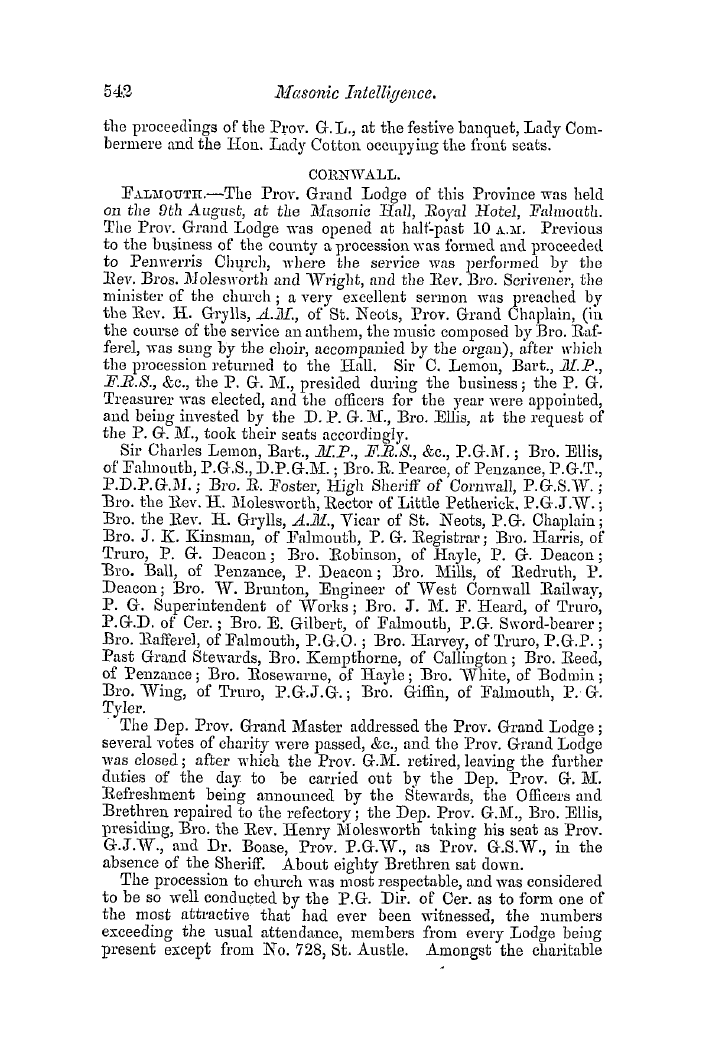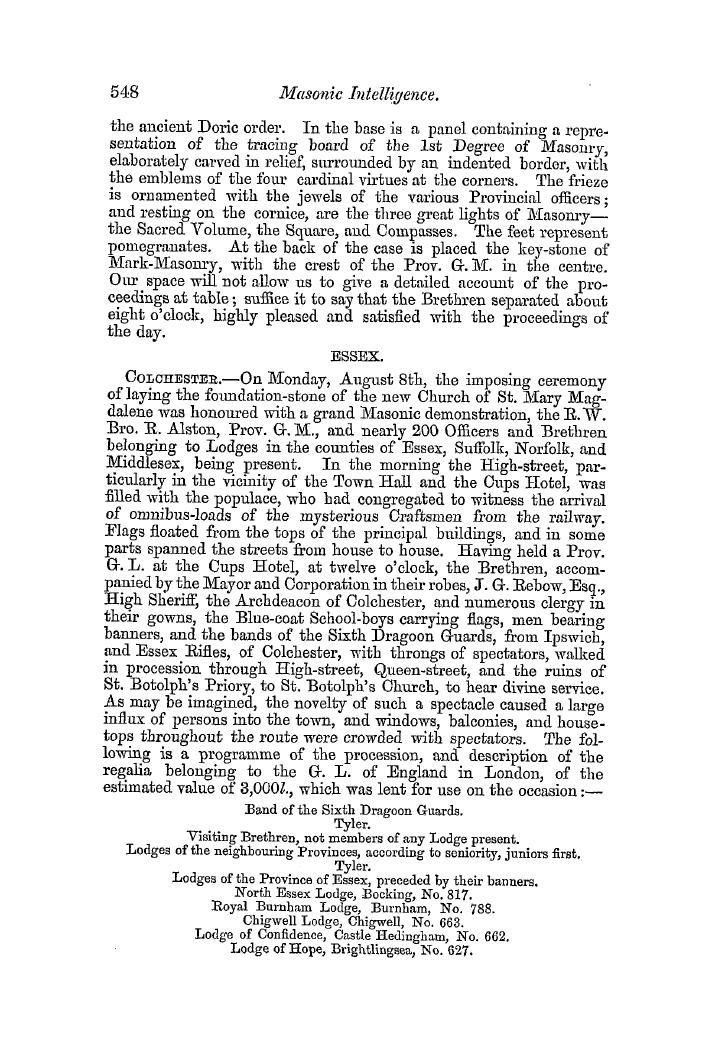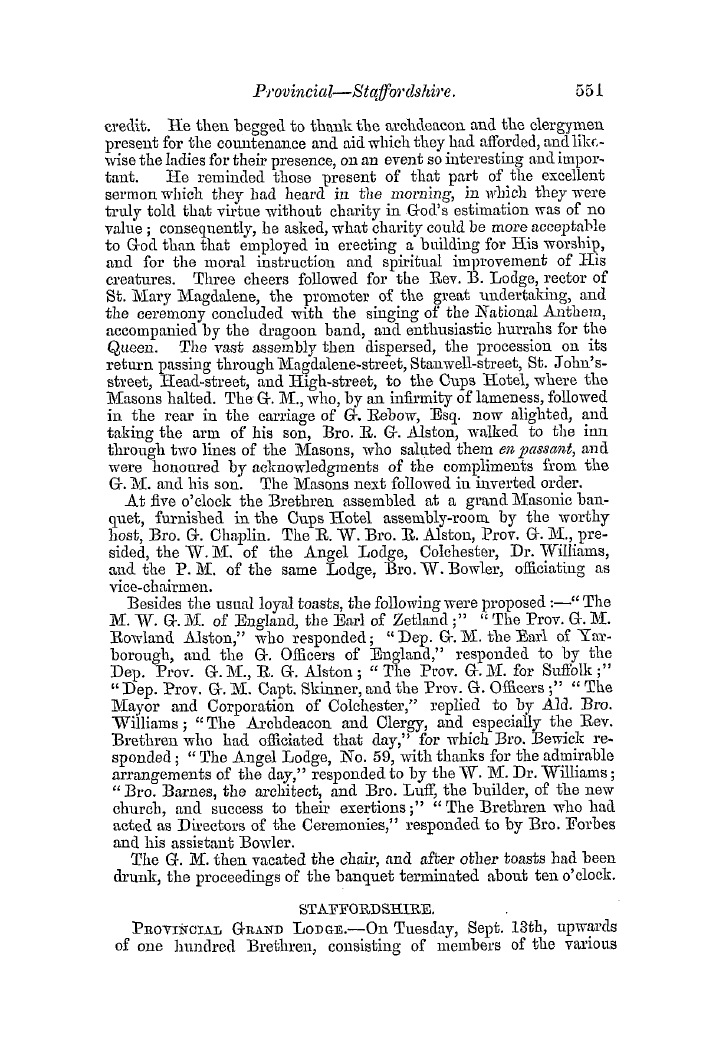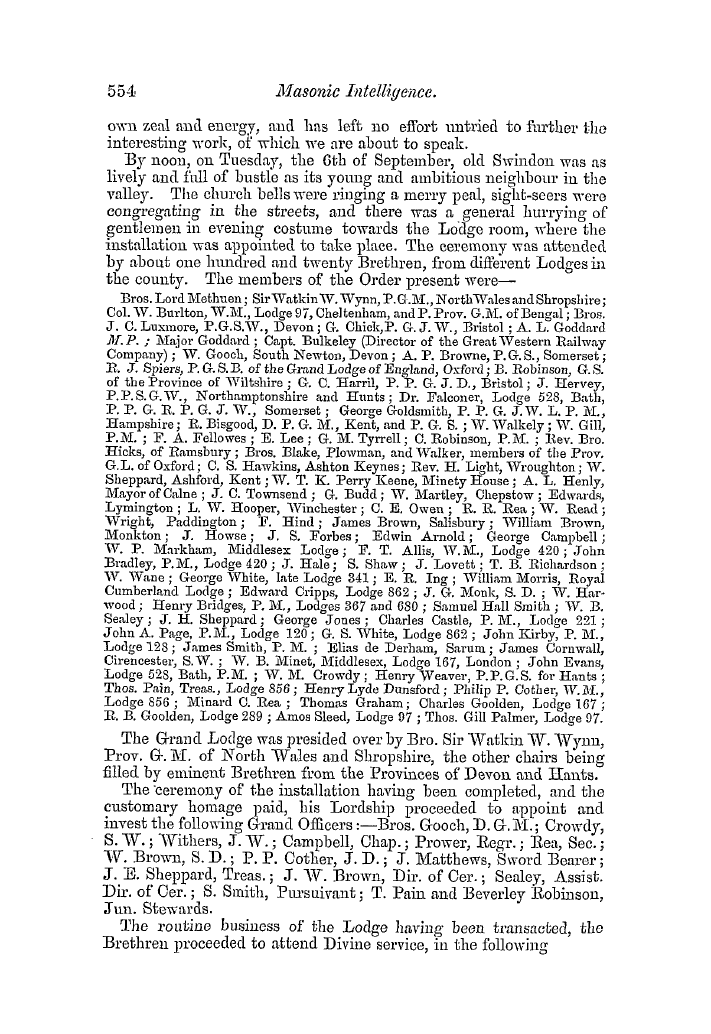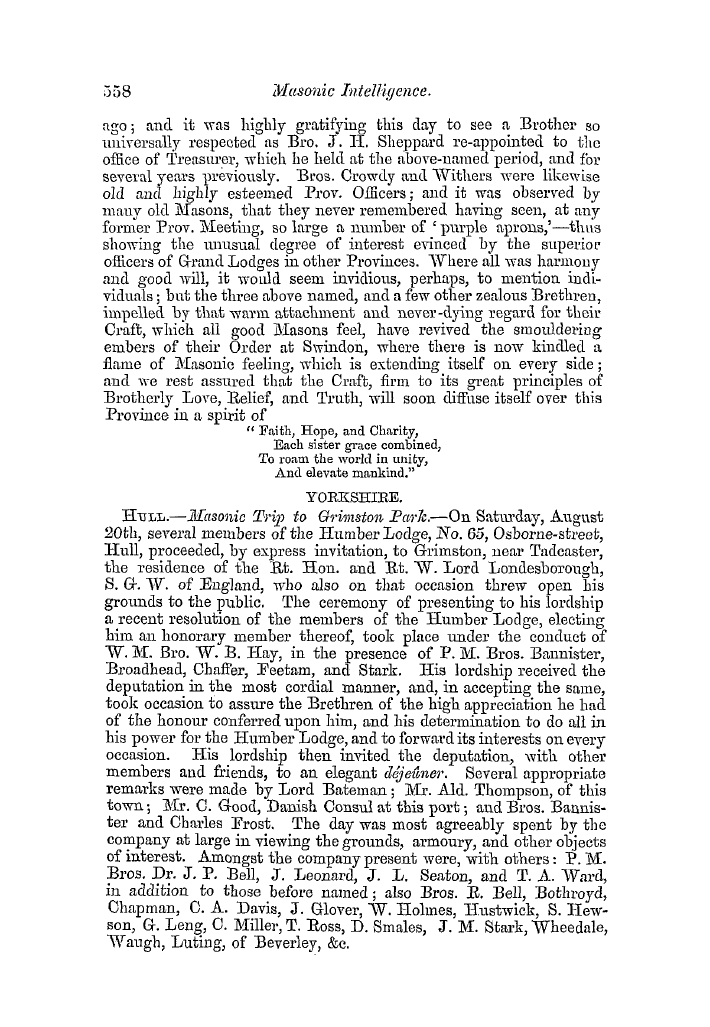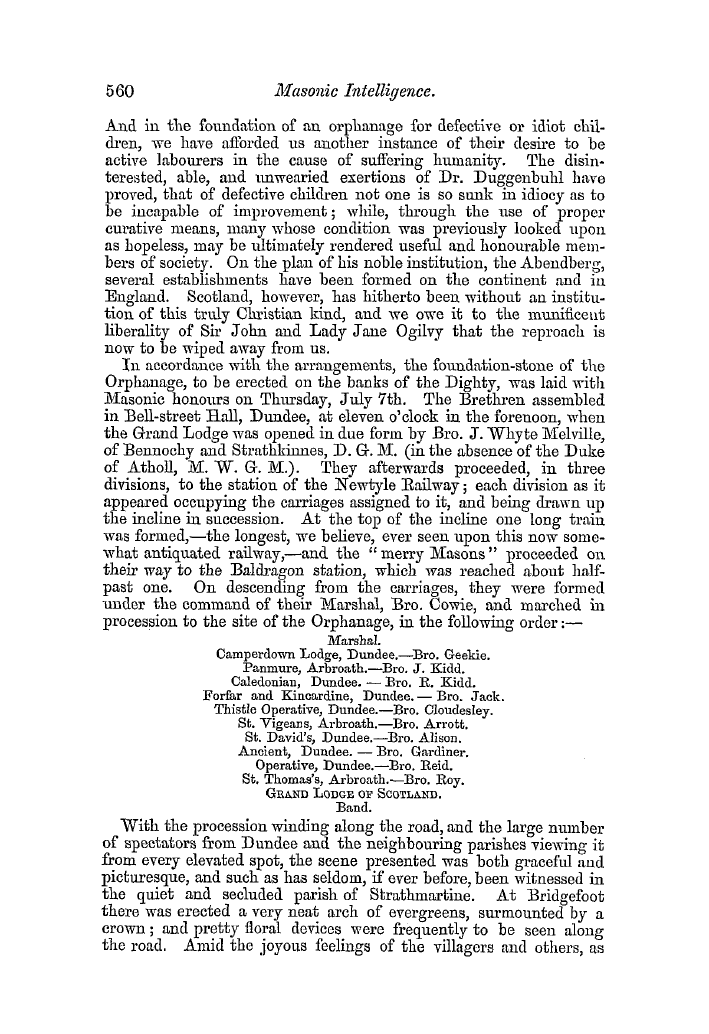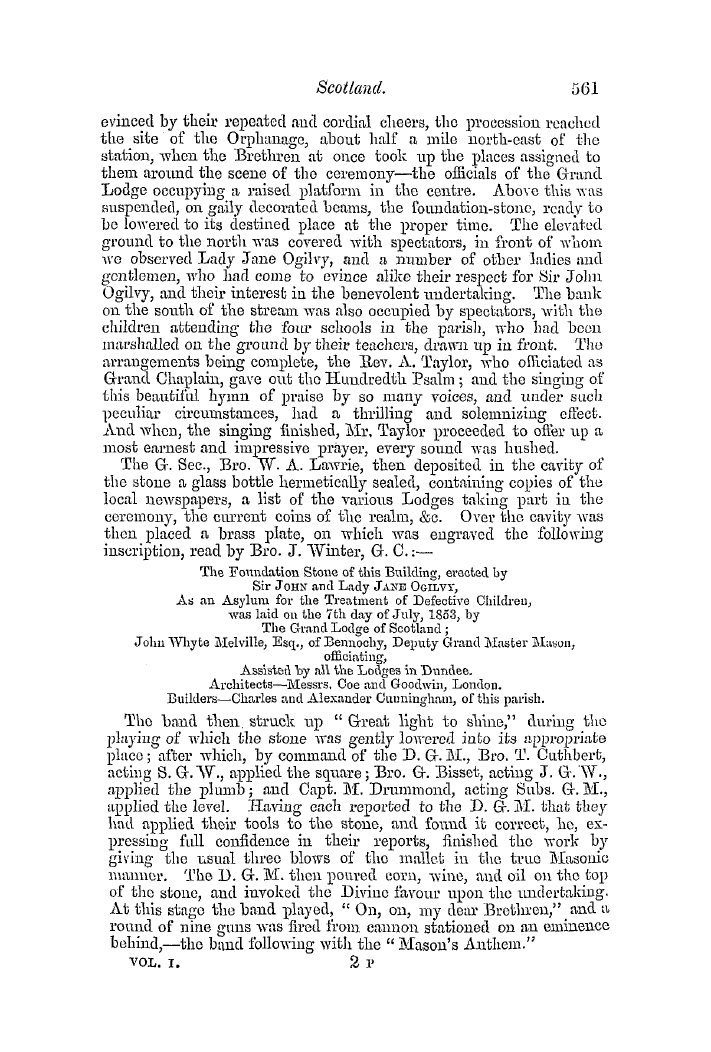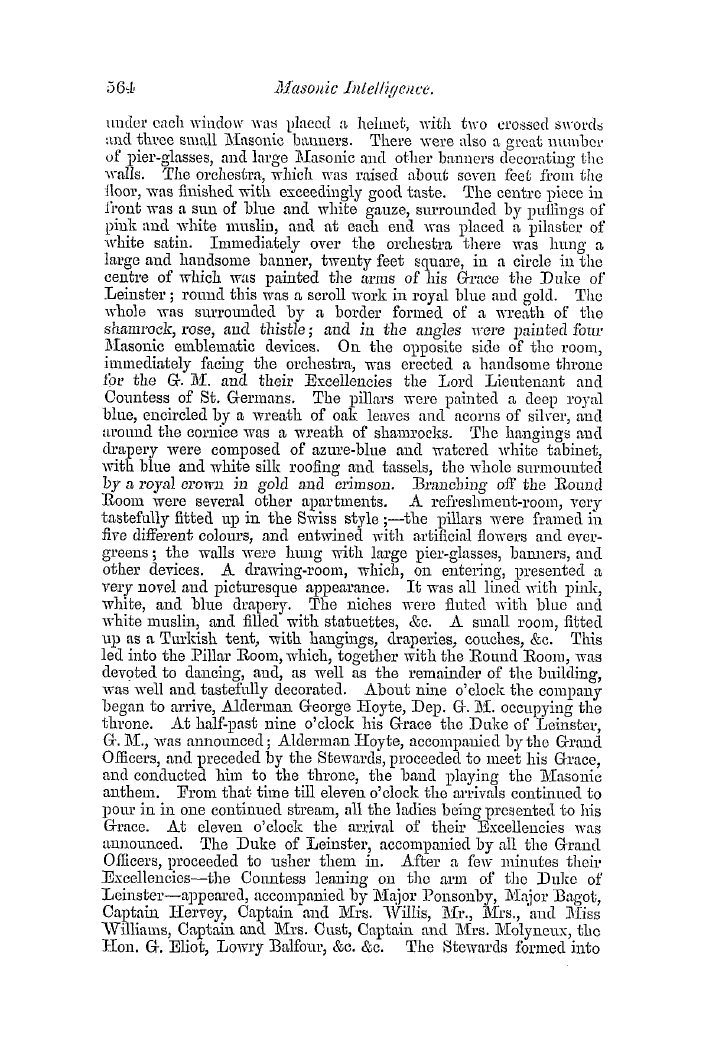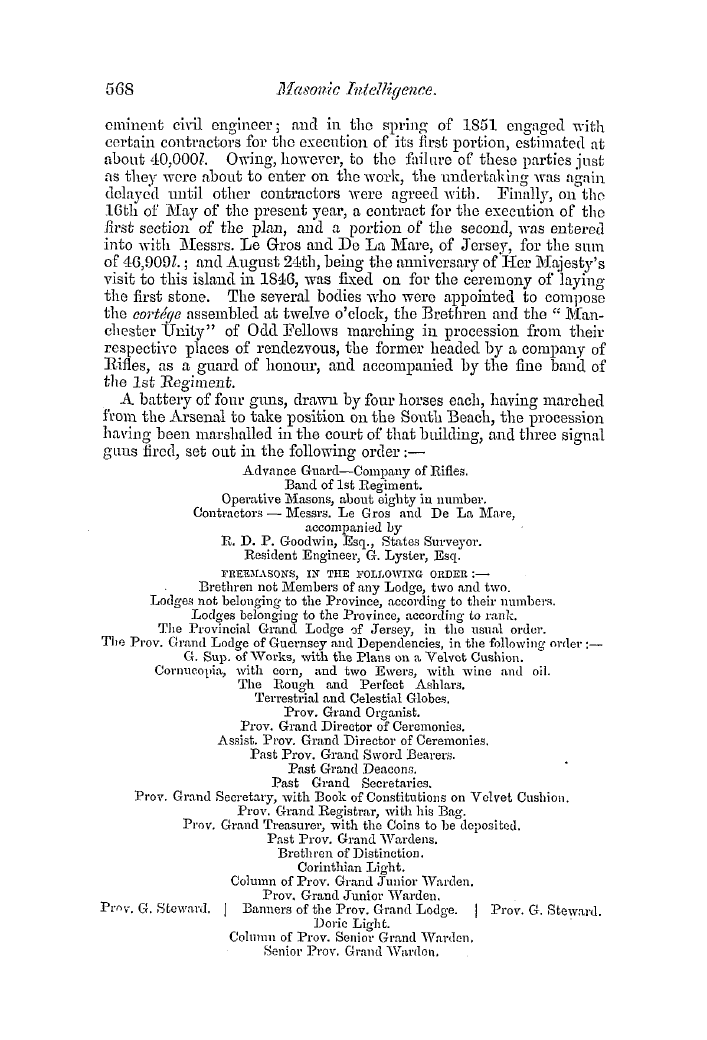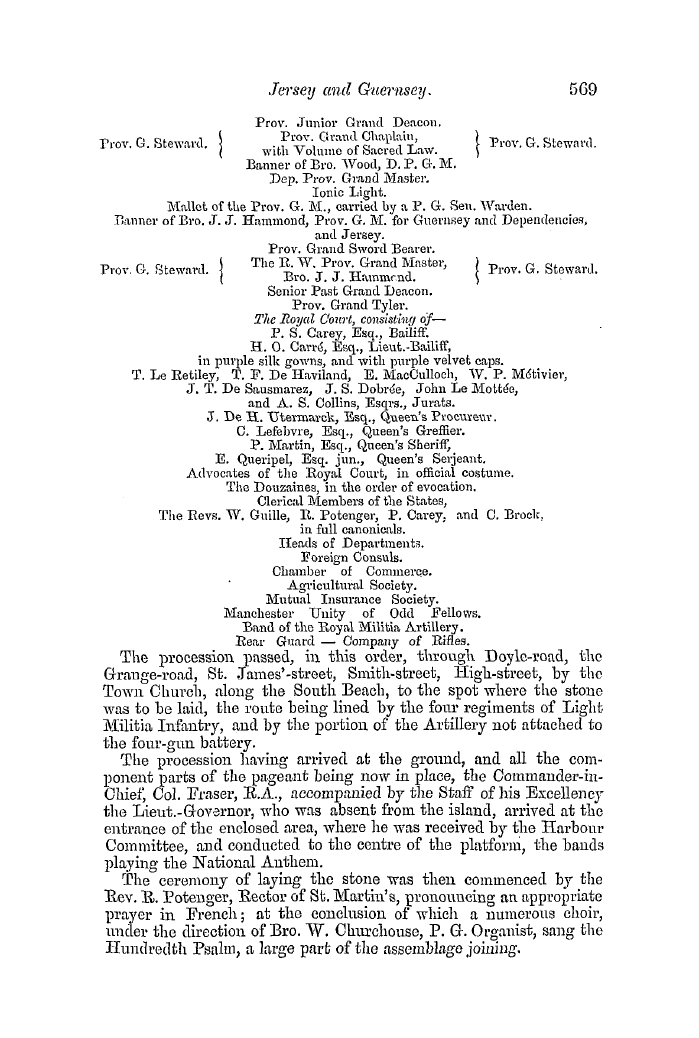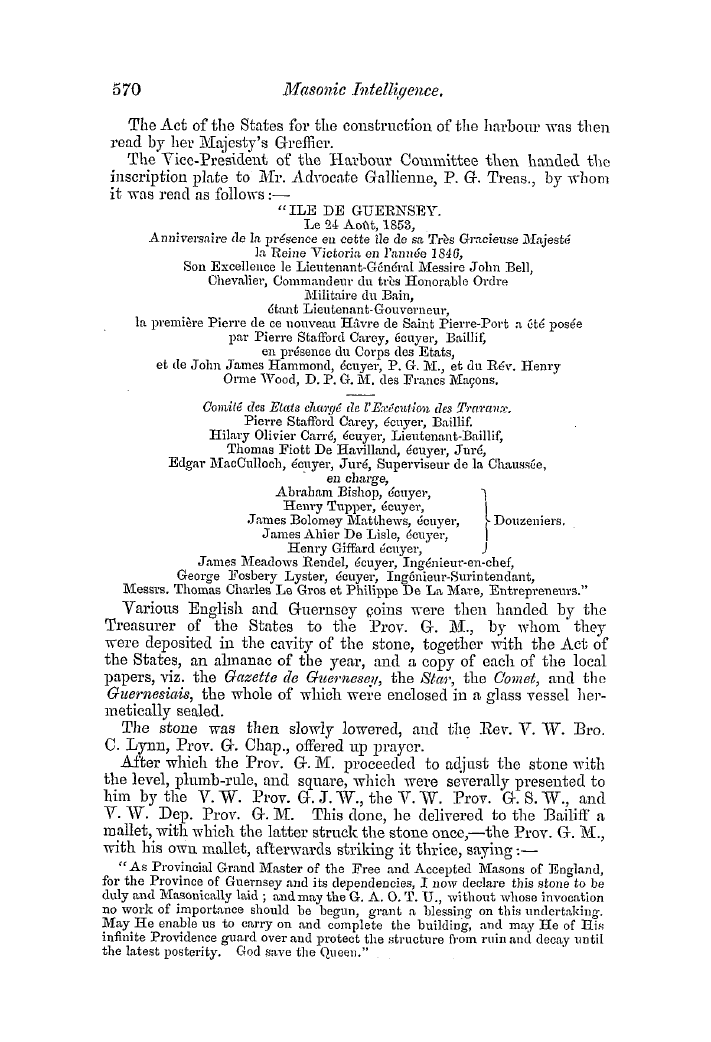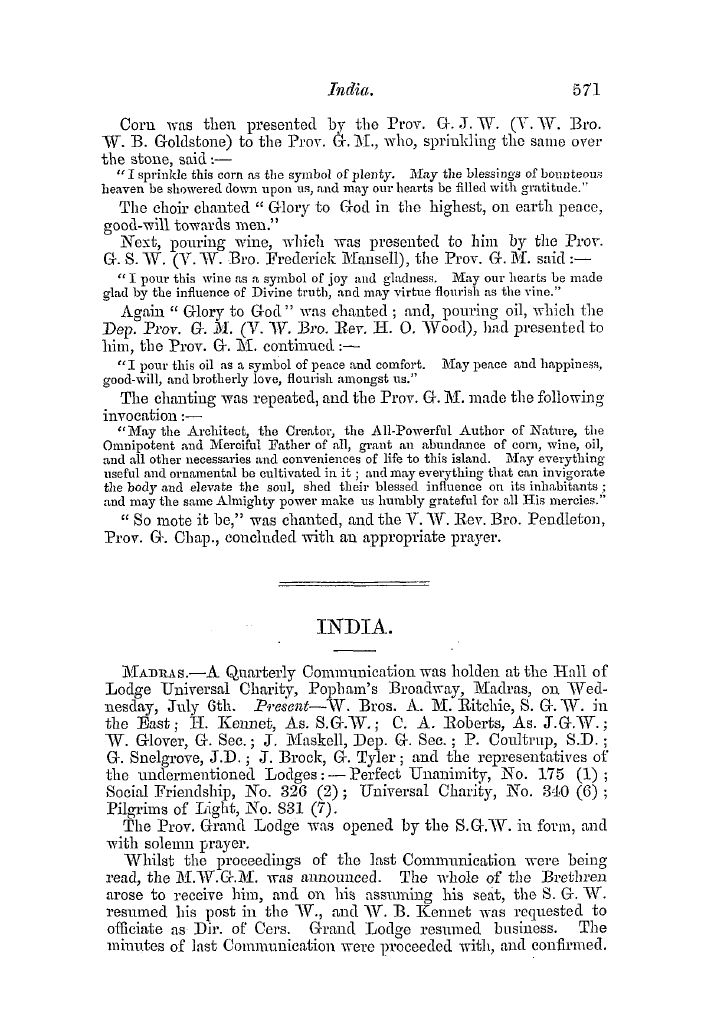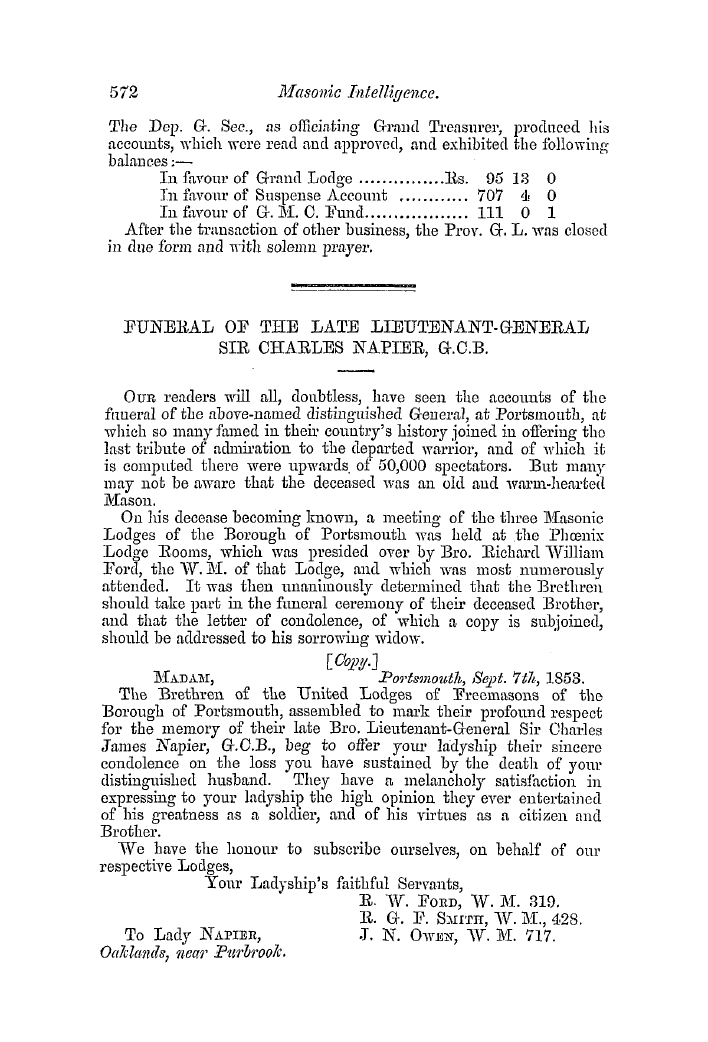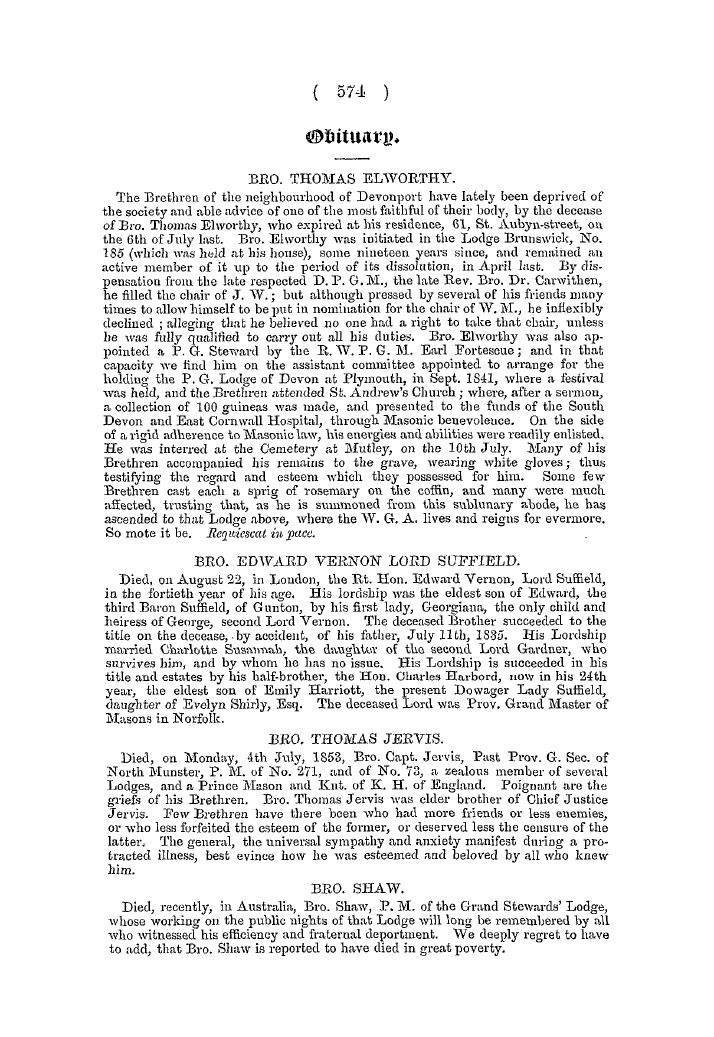Note: This text has been automatically extracted via Optical Character Recognition (OCR) software.
Critical Notices Of The Literature Of The Last Three Months,
Italian , German , French , and English Renaissance , sixteenth and seventeenth century ; ancl French furniture of the period of Louis XIV . ancl XV ., and the latter period of the French monarchy , until the end of the last century ; " and from all these , we may add , many ideas of beauty , simplicity of form , aud elegant workmanship , have been conveyed to minds practically engaged in the production of similar
articles . In the second part of the collection , the display made of the progress of the students was most satisfactory , and if greater evidence of what industry could accomplish than what taste could design was visible , there were also signs of a dawning power , which it is the object of the schools to foster and mature . _ The Fejervary Museum has also attracted considerable attention ; consisting as it did of several specimens of art from all parts of the ancient
Avorld , and intended to illustrate some most excellent lectures by M . Pulsky on archaeology and the history of art , which were most admirably delivered , ancl we are glad to say , well attended . M . Pulsky ' s theory on the philosophy of art is as simple as it is , we believe , correct . He starts with the belief that art has a higher aim than mere observation , amusement , or pleasure . It is in fact , he tells us , connected with all the reliiouspoliticaland social institutions of a country It marks its
g , , . pro gress in civilization , and faithfully bears to the end of time the true index to the character of each particular people . It follows , therefore , that mere imitation on the part of artists , is degrading and beneath the dignit y and purpose of art . We may copy excellencies and learn to appreciate details , but it must also be our aim to lead as well as follow , and to labour up to the requirement of the age in which we live . Mr . Layard ' s views of the monuments of Nineveh are [ perfect models of
drawing as well as of lithography ; and as every ornament which covered an Assyrian wall is supposed to have had a distinct and settled meaning , plenty of opportunity is now afforded to all who are curious in such matters to study the strange histories , and perhaps still stranger facts , connected with science and art which yet lie concealed , enveloped iu all the mystery attaching to everything we yet know of that far-famed buried world .
We cannot conclude these brief notices of matters connected with art , without calling attention to the fact of four new pictures being added to the collection in the National Gallery . The first is " An Adoration of One _ of the Three Kings , " ascribed to Giorgini . The second , "Christ Driving the Money-changers from the Temple , " by Jacopo Bassano . The third , a Spanish picture from Louis Philippe ' s sale— " St . Francis in Prayer , " by Zurbaran . And the fourth , " A View of Rome , " by Joseph Vernet .
Note: This text has been automatically extracted via Optical Character Recognition (OCR) software.
Critical Notices Of The Literature Of The Last Three Months,
Italian , German , French , and English Renaissance , sixteenth and seventeenth century ; ancl French furniture of the period of Louis XIV . ancl XV ., and the latter period of the French monarchy , until the end of the last century ; " and from all these , we may add , many ideas of beauty , simplicity of form , aud elegant workmanship , have been conveyed to minds practically engaged in the production of similar
articles . In the second part of the collection , the display made of the progress of the students was most satisfactory , and if greater evidence of what industry could accomplish than what taste could design was visible , there were also signs of a dawning power , which it is the object of the schools to foster and mature . _ The Fejervary Museum has also attracted considerable attention ; consisting as it did of several specimens of art from all parts of the ancient
Avorld , and intended to illustrate some most excellent lectures by M . Pulsky on archaeology and the history of art , which were most admirably delivered , ancl we are glad to say , well attended . M . Pulsky ' s theory on the philosophy of art is as simple as it is , we believe , correct . He starts with the belief that art has a higher aim than mere observation , amusement , or pleasure . It is in fact , he tells us , connected with all the reliiouspoliticaland social institutions of a country It marks its
g , , . pro gress in civilization , and faithfully bears to the end of time the true index to the character of each particular people . It follows , therefore , that mere imitation on the part of artists , is degrading and beneath the dignit y and purpose of art . We may copy excellencies and learn to appreciate details , but it must also be our aim to lead as well as follow , and to labour up to the requirement of the age in which we live . Mr . Layard ' s views of the monuments of Nineveh are [ perfect models of
drawing as well as of lithography ; and as every ornament which covered an Assyrian wall is supposed to have had a distinct and settled meaning , plenty of opportunity is now afforded to all who are curious in such matters to study the strange histories , and perhaps still stranger facts , connected with science and art which yet lie concealed , enveloped iu all the mystery attaching to everything we yet know of that far-famed buried world .
We cannot conclude these brief notices of matters connected with art , without calling attention to the fact of four new pictures being added to the collection in the National Gallery . The first is " An Adoration of One _ of the Three Kings , " ascribed to Giorgini . The second , "Christ Driving the Money-changers from the Temple , " by Jacopo Bassano . The third , a Spanish picture from Louis Philippe ' s sale— " St . Francis in Prayer , " by Zurbaran . And the fourth , " A View of Rome , " by Joseph Vernet .
































































